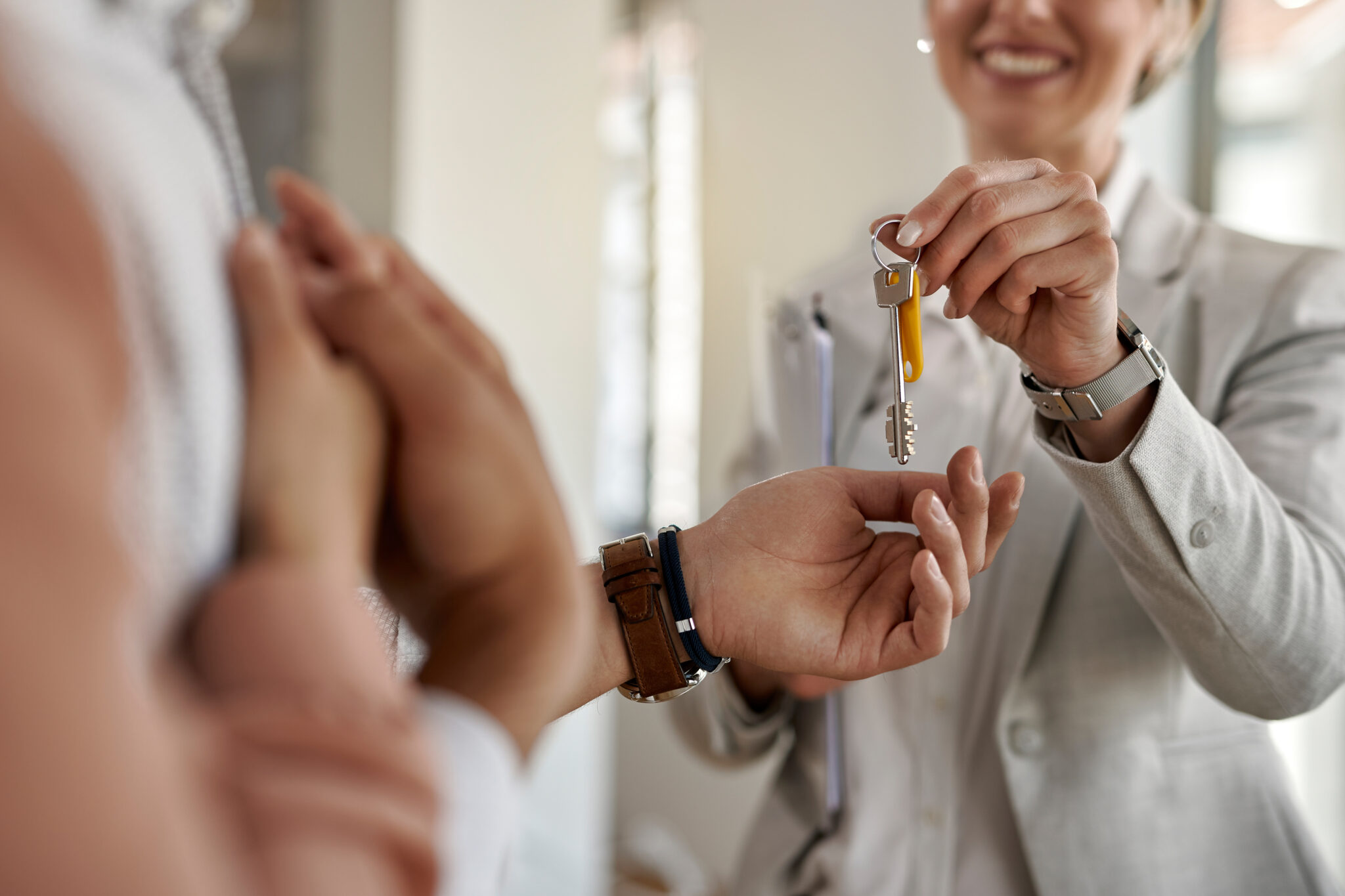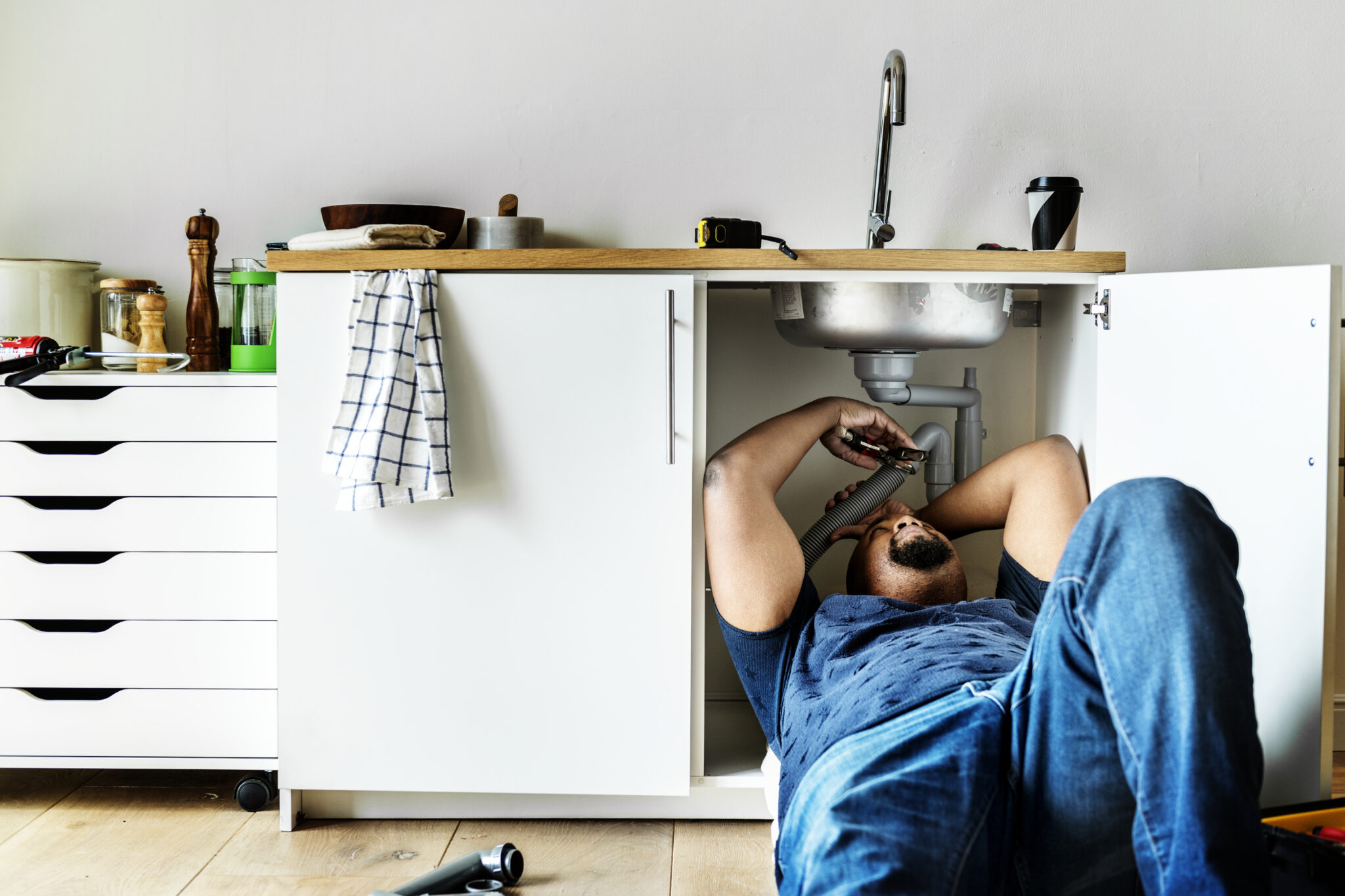
Rental yield explained: What is a good yield and how do you calculate it?
Before you invest in property, it’s a good idea to get familiar with the term ‘rental yield’. Rental yield can tell you a lot about how much money you will be able to earn from the property as regular income.
By owning an investment property, you have the potential to earn rental income. However, this is not guaranteed – especially if your rental expenses surpass your rental income.
In this article, we’ll explain what a rental yield is, how it’s calculated, what a good rental yield is and the kind of expenses that come with owning a rental property.

What is rental yield?
Rental yield is essentially the level of rental return that you can expect from your rental investment property. It’s the profit you make from your investment property – that is, how much money you take home once you’ve covered the investment property expenses.
When you understand what rental yield is and how it works, you can set better property investment goals and come up with ways to improve.
It can also tell you more about what your overall return will be on the property – even before you sell it in the future.
There are two rental yield types: gross and net.
-
Gross yield: gross rental yield accounts for how much rental income you earn before considering expenses
-
Net yield: net rental yield is your rental income after expenses are paid (e.g. property maintenance).
How is rental yield calculated?
How to calculate gross rental yield
This is how gross rental yield is calculated:
-
Calculate the total rent you charge your tenant annually
-
Divide that rental figure by the property’s value
-
Multiply this figure by 100 and you’ll find out your gross rental yield as a percentage
For example, let’s say you purchased a property for $950,000. The weekly rent on the property Is $500. Multiply this figure by 52 to get the annual rental amount you charge.
500 x 52 = 26,000
Gross rental yield = (annual rental income/property value) x 100
Gross rental yield = (26,000/950,000) x 100
Gross rental yield = 2.74%
How to calculate net rental yield
This is how net rental yield is calculated:
-
Calculate the total property fees and expenses you’ll have to pay annually
-
Calculate the total rent you charge your tenant annually
-
Subtract the fees and expenses from the annual rental income figure
-
Divide this figure by the property’s value
-
Multiple this figure by 100 to get the net rental yield as a percentage
We’ll use the example from the above section on gross rental yield, but let’s say you pay $4,000 annually in property expenses.
Net rental yield = [(Annual rental income – annual expenses) / total property value] x 100
Net rental yield = [(26,000 – 4,000) / 950,000] x 100
Net rental yield = 2.32%

Expenses that can affect your net rental yield
As the owner of an investment property, you are obligated to cover a lot of expenses
-
Property maintenance and repairs
-
Strata and property management costs
-
Depreciation
-
Council rates
-
Insurance
-
Water costs
You’ll notice that your investment loan repayments aren’t on this list. When calculating net rental yield, this isn’t typically included as it is in relation to your own financial situation. Basically, the mortgage and interest aren’t directly associated with the cost that the property itself creates.
Also remember that although many of these expenses are tax deductible, this doesn’t make them ‘free’.
What is a good rental yield amount?
There isn’t exactly a defined ‘good’ rental yield as it entirely depends on factors like location, property type and property features.
A low rental yield, say between 2-4%, can suggest that the property may be overvalued. On the other hand, a property with a high rental yield (e.g. 8-10%) could imply that it is undervalued or below market value.
When you have a higher rental yield, it can mean good things as a property investor. High yield rental properties typically generate a steadier cash flow giving you more money to invest, spend or save.
When you have a reliable and high rental yield, it can transform your lifestyle. You might be able to work less, while enjoying the passive income your investment property is generating.
Bear in mind that the property market can fluctuate and a property that generates a high rental yield may not do so in the future.
Is having a high rental yield important?
Having a high rental yield is important if that is your investment strategy, but there are several property investment strategies.
For example, a property investor who is intentionally negatively gearing their property may not have much use for a high rental yield.
What is negative gearing?
When a property is negatively geared, the expenses of owning it outweigh the rental income.
While this might sound like a disaster investment, some investors purchase properties that will be negatively geared.
This is because these short-term losses can be recouped if the property is sold at a capital gain.
Investors buy properties in areas likely to experience growth so that they will be able to make maximum profit when selling.
Plus, many of these expenses on a negatively geared property are tax deductible.
Bear in mind that negative gearing is a risky strategy that doesn’t always work. It may be worthwhile speaking to a financial advisor before going down this path.

How to boost your rental yield
f you want to improve your chances of getting a good rental yield, we have some tips for you:
-
The importance of location: if you haven’t yet purchased any rental properties, you should learn how important the location of the property is. Properties in areas that are more popular are likely to attract a higher rental yield. Look out for vacancy rates and research average rental yields in the suburbs you’re interested in.
-
Choose the right property: simply buying any old property in a suburb with high rental yields doesn’t guarantee you the same. It’s smart to purchase a property that will appeal to renters or consider ways to make it appealing.
-
Refresh or renovate the property: whether you make small or large improvements to the property, this can enable you to increase the rent you charge your tenants. You could knock down and re-do the whole kitchen or just repaint the cabinets and change the handles. Even a fresh coat of paint can go a long way.
-
Be willing to accept pets: landlords who are open to accepting tenants with pets often have higher rental yields. This is because many tenants with pets are willing to pay more for a pet-friendly rental property. You can charge more to account for potential added cleaning and maintenance costs.
-
Nail the curb-appeal: what your rental property looks like from the outside has the potential to justify a higher rent price. The front yard is like the first impression – it doesn’t need to be fancy, but a tidy and simple front yard can go a long way.
-
Include a car parking space: if possible, consider adding a parking space to the property. This not only increases your property’s value, but it can also increase how much you can ask for rent.
-
Add solar panels: solar panels can lower electricity bills which can attract tenants looking to save. Not to mention – when it comes to selling, you’ll be able to ask for more given the value they add to a property.
-
Use a property manager: a property manager is an expert in all things related to rental property management. They may have ideas about how you can increase your rental yield and may be able to help you find the right tenants for your place. Try to choose a property manager familiar with the local area as they’ll know what changes to make to attract local renters.
Apartments vs houses: which has a better rental yield?
The type of property you choose to invest in can also have an impact on your future rental yield. In general, apartments are more affordable to invest in, so they offer higher rental returns.
Plus, in large cities like Melbourne and Sydney, some of the most in-demand suburbs tend to be located in the inner-city. These types of suburbs tend to have a higher supply of compact apartment-style housing that is more affordable and offers higher yields.
For example, a spacious three-bedroom apartment in an inner-Melbourne suburb may attract the same rent as a three-bedroom terrace in the same suburb but is much cheaper to buy.
On the other hand, rental yields for houses may be lower but houses have higher potential for capital growth.
Reference: https://www.lendi.com.au/inspire/property/rental-yield-explained/